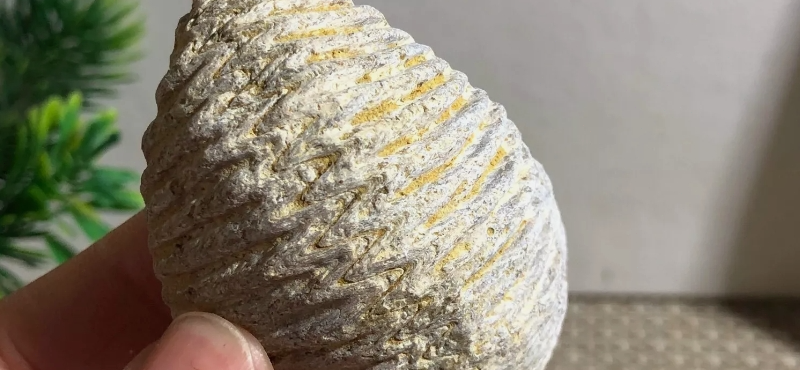Oyster fossils are important materials for the study of paleontology and paleoenvironment, usually showing unique morphology and structure. The fossils date back millions of years and show how oysters evolved over the course of Earth's history.
As bivalves, oysters have shells made of calcium carbonate that are easy to preserve. When the ancient Marine environment changed, many oysters were fossilized by deposition. These fossils are usually distributed in ancient coastlines and sedimentary layers and have important geological value.
Studying oyster fossils not only helps to understand the Marine ecosystem at the time, but also sheds light on the effects of climate change. In addition, oysters are indicators of water quality, and the distribution of fossils can reflect the environmental conditions of ancient waters, which helps us understand the dynamic changes of ancient ecosystems.
Therefore, oyster fossils have irreplaceable value in the fields of paleontology, geology and environmental science, and are an important window to study the history of the earth and biological evolution.




